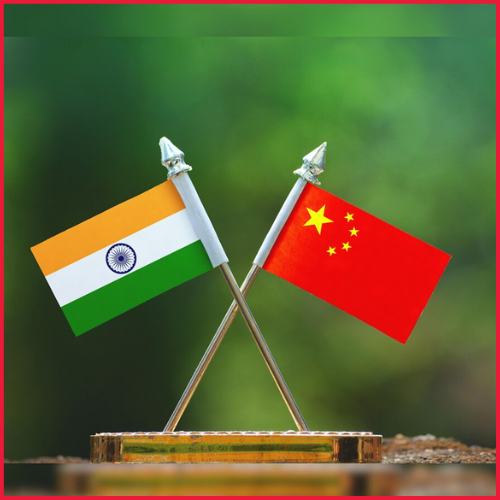In the wake of sanctions imposed on Russia following its 2022 invasion of Ukraine, major oil firms and commodity houses withdrew from business with Russian producers. As a result, Moscow turned to a network of little-known trading companies, mostly based in Hong Kong and Dubai, to facilitate its crude oil exports to Asia.
This shift in the trading landscape has allowed these small entities to collectively become some of the world’s largest oil traders, handling at least half of Russia’s overall crude and refined product exports. The new trading network has also given rise to unique practices, such as multiple trades at sea, making it difficult for sanctions enforcement agencies to track Russian oil transactions and prices.
Emergence of Little-Known Traders:
Since the invasion of Ukraine, over 40 middlemen, including companies with no prior experience in the oil business, have entered the Russian oil trading scene. These firms, such as Guron Trading and Bellatrix Energy, have become significant players, handling a substantial portion of Russia’s oil exports. The departure of established oil majors and trading houses has paved the way for these lesser-known entities to fill the gap.
Widespread Use of Pop-Up Trading Companies:
The new trading network relies on a growing number of pop-up trading companies that overlap with a booming market for old oil tankers, which are supplied by new firms to carry Russian oil that Western shippers avoid. This approach has made it challenging for sanctions enforcement agencies to identify the ultimate owners of these new trading companies.
Changing Trading Practices at Sea:
Unlike the previous system, where one well-known trader handled oil cargoes from source to destination, multiple trades while ships are at sea have become common. This practice aims to make Russia’s oil exports more difficult to track, with a single cargo passing through several traders. The rapidly changing trading network during times of price caps, like the one imposed by the Group of Seven nations, further complicates efforts to identify those involved in moving the oil.
Influence on Russian Oil Exports:
The emergence of these new traders has been crucial in sustaining and even growing Russia’s oil exports. Russian crude producers, including Rosneft, Lukoil, Surgutneftegaz, and Gazprom Neft, have redirected shipments to India and China, with the help of the new network. This has led to record volumes of Russian seaborne oil supplies to these countries, making them the leading buyers of Russian oil.
Financial Risks and Payment Delays:
While the new network has supported Russian oil exports, it also raises financial risks for Russian oil companies. Dealing with lesser-known entities with limited credit history can be challenging. Moreover, payment delays have caused problems for Russian exporters, with some waiting up to five months to receive payment for their cargoes.
Conclusion:
The post-sanctions era has seen a dramatic shift in the landscape of Russian oil trading. The withdrawal of major players from the market has opened the door for little-known trading companies, primarily based in Hong Kong and Dubai, to step in and take on a significant role in facilitating Russian oil exports to Asia. However, these developments also present challenges for sanctions enforcement agencies and create financial risks for Russian oil producers. As the situation continues to evolve, it remains to be seen how this new network of traders will impact the global oil market and Russia’s position as a major oil producer.














